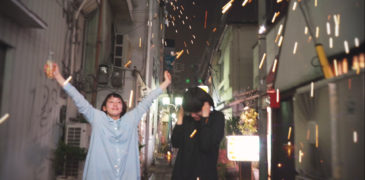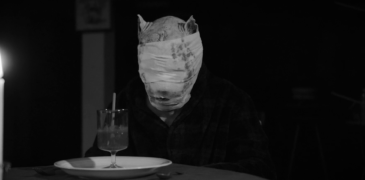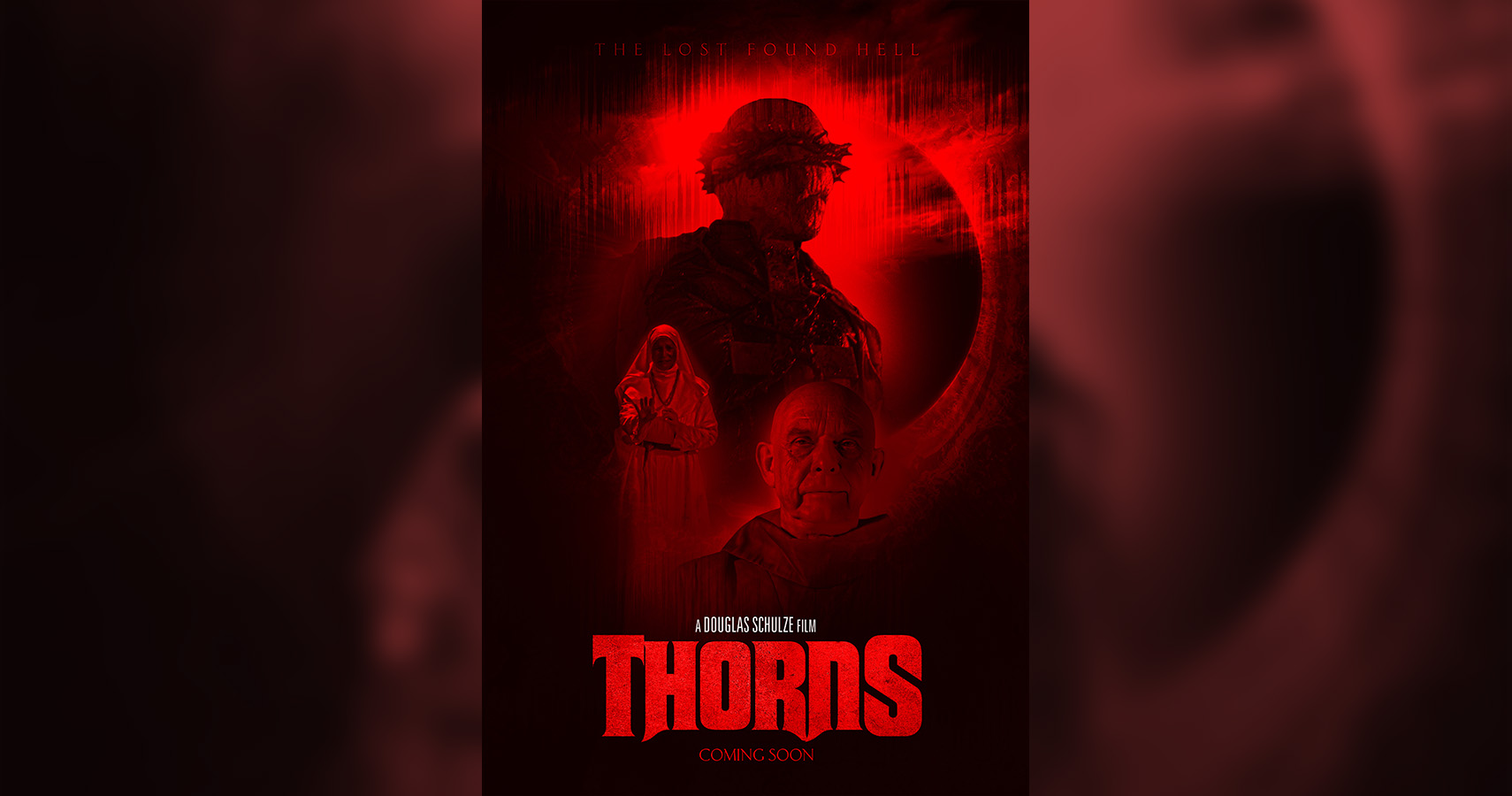

Thorns (2023) is an American sci-fi horror, written and directed by Douglas Schulze. Well-versed behind the camera, Douglas is most known as the writer/director of such films as Hellmaster (1992), The Rain (2009), and The Dark Below (2015); having worked with some respectable members of the acting community including David Carridine and John Saxton, to name but a few.
An ex-priest working for NASA is sent to investigate a remote observatory that went silent after receiving a mysterious radio signal from deep space. Upon arrival, he discovers the signal has opened a portal unleashing a thorned monster. The former priest must summon his lost faith to stop the signal from spreading hell on earth and jump starting the world’s end.
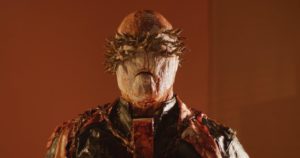
Beginning as it means to continue, Thorns creates an oppressively distraught and tense atmosphere from the get-go, and manages to sustain this level of apprehension until the last minute. Utilizing an effective implementation of light, shadows, and an unnerving score, the film sets up its hellish premise marvelously. The clash of modern sci-fi and classic religious beliefs is certainly a genre that needs more exploration, with Thorns delivering a perfect blend of both. It feels very reminiscent of both Hellraiser (1987) and Event Horizon (1997) in tone, with the use of red emergency lighting and a soundtrack of tortured screams and undistinguished moans perfectly compliment this infernal scenario. Furthermore, the monster design is unquestionably inspired by Hellraiser, with the incredibly imposing creature adorned with a crown of metal thorns stealing the focus of each scene.
Additionally, a comprehensive level of cinematography achieves an outstanding production value for a low-budget film. Thorns provides an astounding visually experience with the execution of unorthodox camera work that utilizes slow horizontal pans, manipulation of depth of field, atypical angles, and an advantageous use of a drone for establishing shots. However, the choice to employ a shaky-cam effect over the tight, gore-focused shots borders on obnoxious around the film’s end, where it is used far too often and with inordinate intensity. The film would have benefited from a more restrained use of the style.
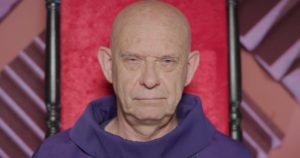
Unfortunately, one of Thorns biggest problem is the mixed performance of our main protagonist Gabriel Goodman, played by John Bennett. Whilst beginning in an adequate manner, towards the film’s second act his overall performance lacks emotional response that only worsens as the film concludes. A notable example would be a bathroom scene, where the response to the situation at hand hardly fits the serious tone already established, bordering on comedic with the low-effort swipes at the impending danger. Although one bad actor is hardly enough to ruin a production, being the main protagonist in an already minuscule cast certainly makes the subpar performance more discernible as a result. However, the acting presented by Cassandra Schomer as the mute Sister Agnes, and the original Pinhead himself, Doug Bradley as Archbishop Jenkings assists in making up for this subpar display.
Despite this, Thorns is still an enthralling film featuring a delightfully large amount of gruesome gore from beginning to end. The visually brutal level of detail achieved through classic practical effects is certainly effective despite the budget restrictions. Whilst there are CGI effects used in the film, they are utilized to support the physical effects rather than replace them (as they should be). Furthermore, certain scenes deemed unobtainable from a budget film were also created using computer animation, but these are few and far between.
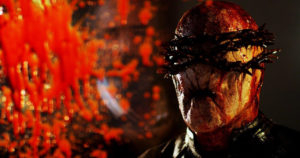
Atmospheric and gritty throughout, Thorns is a riveting amalgamation of science and theology that undoubtedly implements the best of both aspects. With its expressive cinematography, glorious gore, and unsettling sound design, the film makes the most out of its budget and delivers a highly polished piece of indie cinema as a result. Although the film does have some shortcomings, it’s still sure to resonate with fans of 80s horror as an homage to some of the best of the era.
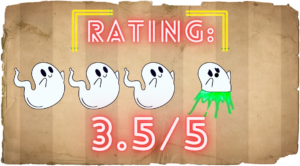
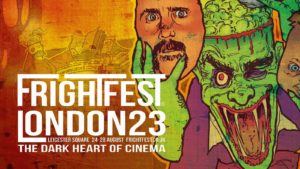
More Film Festival Coverage
Making its world debut at Fright Fest, David Buchanan’s Laguna Ave is being billed as “Shinya Tsukamoto’s Tetsuo: The Iron Man through the lens of John Waters”. Lofty praise for a… Anya, an aspiring yoga influencer, decides to take on her grandmother’s regime for ‘good health’ after finding her notes in a secret room of her house where she is currently… The seminal American folk horror film Eyes on Fire has been unavailable on home video for decades. Thankfully, the good people at Severin Films has given the title a 4k… Japan seems to have nailed the absurdist comedy, whether that’s big budget to small indie features, no other country is comparable in wit at embracing the peculiar. Available at Japan… “You become what you believe” seems to be an enthusiastic phrase until you watch Josh Stifter’s black comedy horror Greywood’s Plot. Born out of a low-budget production and undying devotion… “Ever try to lose yourself? No! Because you’re too busy trying to find yourself.” -Sissy St. Claire Subversive feminist filmmaker Amanda Kramer returned to this year’s Fantastic Fest…Laguna Ave (2021) Film Review – Cyber Punk From The Trash
Mind Body Spirit (2023) Film Review – Demonic Yoga [Unnamed Footage Festival 7]
Eyes of Fire (1983) Film Review – Early Stirrings of Folk Horror
I, Dolphin Girl Film Review – Supersonic Head Explosions!
Greywood’s Plot (2020) Film Review – A Low Budget Exercise of Creativity
GIVE ME PITY! (2022) Film Review – A Bold Assault on the Senses

Hey there, I’m Jim and I’m located in London, UK. I am a Writer and Managing Director here at Grimoire of Horror. A lifelong love of horror and writing has led me down this rabbit hole, allowing me to meet many amazing people and experience some truly original artwork. I specialise in world cinema, manga/graphic novels, and video games but will sometime traverse into the unknown in search of adventure.
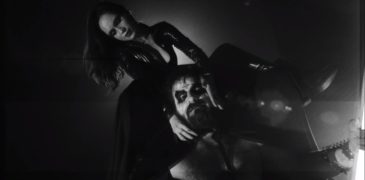
![Mind Body Spirit (2023) Film Review – Demonic Yoga [Unnamed Footage Festival 7]](https://www.grimoireofhorror.com/wp-content/uploads/2024/03/Mind-Body-Spirit-2024-cover-Fixed-365x180.jpg)

